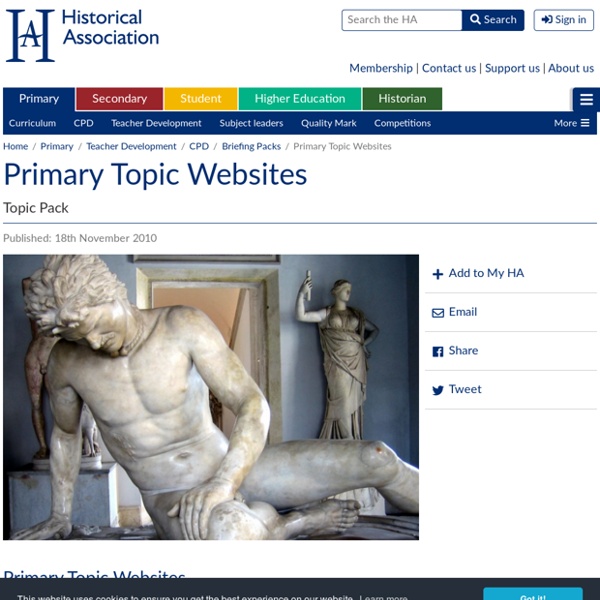Places in Lincoln you can explore from your armchair
Stuck at home? You can experience some of Lincoln’s amazing treasures from the comfort of your armchair by taking virtual online tours. The coronavirus lockdown in the UK has created a number of issues for people, not least when it comes to work and shopping. But entertainment can also be a challenge, and by now the charm of boardgames and Netflix may be wavering. For those missing their days out in the city, there’s a way to learn about and explore some of the most iconic places in Lincoln online. Take a look at some of the unique locations you can dive into on Google maps.
Ancient Greek Gods & Goddesses Facts For Kids
Ancient Greek Gods Welcome to our Greek Gods and Goddesses page here on History for Kids. We have some fun facts and pictures for you to color. You will learn some interesting facts about each God as you read down the page.
Bomb Sight - Mapping the World War 2 London Blitz Bomb Census
Interactive timelines: Comparing the reigns of Victoria and Elizabeth
We've sent an email with instructions to create a new password. Your existing password has not been changed. We'll send you a link to create a new password. {* #forgotPasswordForm *} {* traditionalSignIn_emailAddress *} {* backButton *} {* forgotPassword_sendButton *}
Historypin
Great, you've started a collection - now it needs some pins. Great, you've created a tour - now it needs some pins. You can choose from exisiting pins on Historypin.
Virtual Heritage - Hadrian's Wall. Brunton Turret
Virtual Heritage presents "Hadrian's Wall. Brunton Turret", second Virtual 3D Tour over the most interesting places along the Hadrian's Wall. Brunton Turret (also known as Turret 26B) is one of the best preserved turrets on the line of Hadrian's Wall. It is located east from Roman Cilurnum fort in Chesters, and west from the Onnum fort in Haltonchesters. It was built by soldiers from the ninth cohort of the Twentieth Victorious Valerian Legion (legio XX Valeria Victrix) in 123 AD.
Sutton Hoo
Fun for all the family, all year round A family using a tracker pack available from visitor reception There is something for all ages at Sutton Hoo, explore the estate with a seasonal trail, take a tour around the burial mounds with one of our family friendly guides, make your own Sutton Hoo helmet or shield with 'Get Crafty' and dress up as an Anglo-Saxon in our award winning exhibition hall. To find out more about what's on offer for families and facilities available, follow the link below. For families...
Tollund Man
By Susan K. Lewis Posted 02.07.06 NOVA He has become the face of Iron Age Europe. But in 1950, when men cutting peat near the village of Tollund, Denmark, stumbled upon him, they thought he was a modern murder victim. The police, aware of similar ancient bodies, contacted the Silkeborg Museum, and various specialists—archeologists, forensic scientists, radiologists, paleobotanists, even dentists—later studied his body. Here, learn about their findings and get an intimate view of the 2,400-year-old man.
The Spanish Armada
Publication date: 9th December 2010 by Jon Nichol Spanish Armada Beacon This is a highly interactive and stimulating simulation for years 3 and 4, and a very effective way of involving children in a range of issues.
Collection search
Registration numbers The most common type of Museum number begins with the year of acquisition. The database standardises these numbers in the form, for example: 1887,0708.2427 (year: comma: block of four numbers - usually representing a month and day: full-stop and final number). The final number can be of any length and may be followed by another full-stop and a sub-number. In some cases the same number is shared by two or more objects across departments. In some of these cases a prefix has been added before a number (e.g.
KS2 History - Ancient Greece



